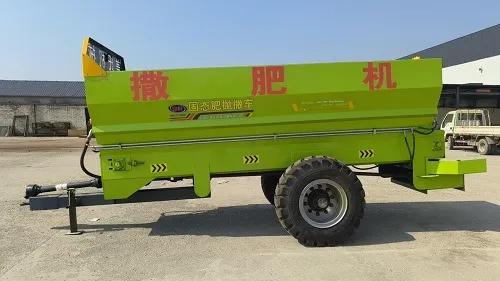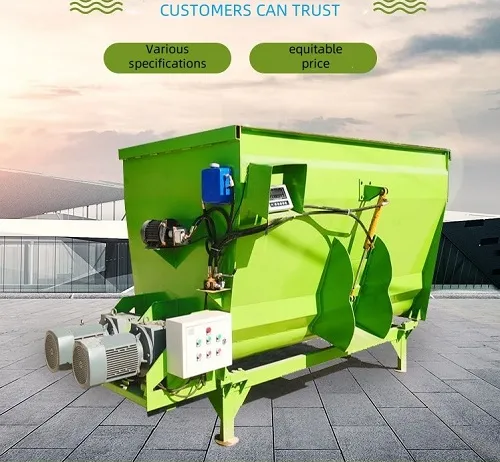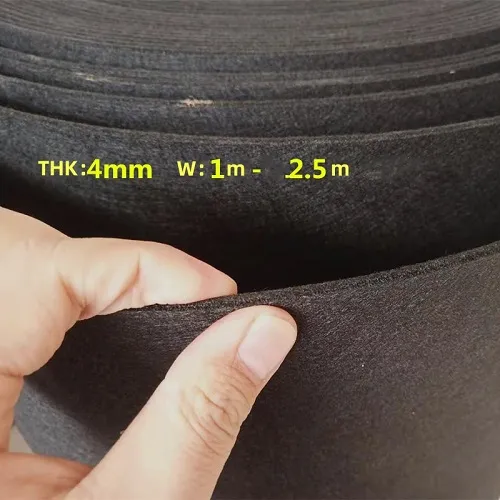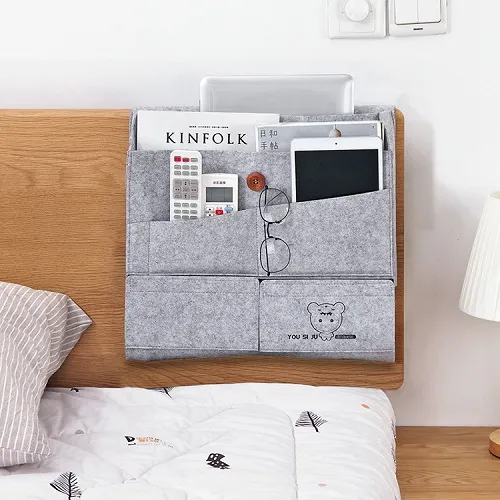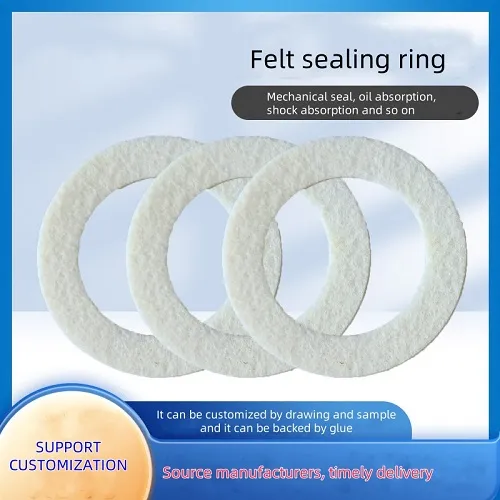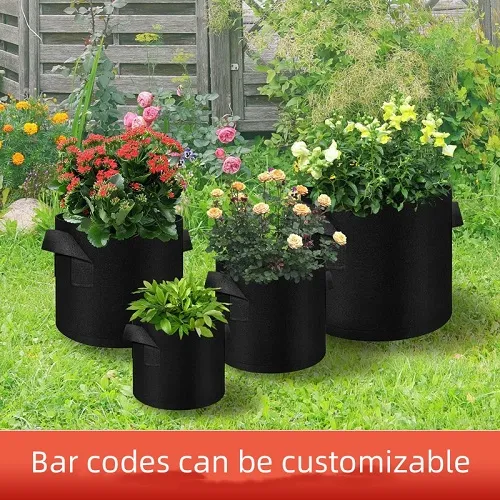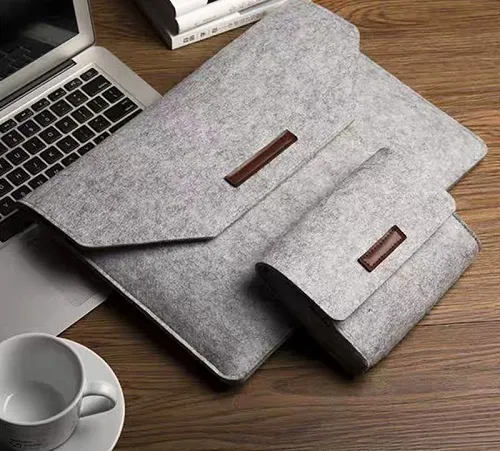Essential Wet Felting Materials for Creative Fiber Art Projects and Beginners Guide to Techniques
Exploring Wet Felting Supplies Essentials for Your Crafting Journey
Wet felting is a fascinating and creative process that transforms loose wool fibers into a solid fabric using water, soap, and agitation
. This ancient textile technique dates back thousands of years and allows artists and crafters to create a wide range of items, from beautiful garments to functional home decor. Whether you are an experienced felter or a newcomer to this craft, having the right wet felting supplies is essential for achieving great results and enjoying the process.One of the most crucial supplies for wet felting is quality wool roving. Wool roving is a long, continuous strand of wool fibers that have been cleaned and carded. When selecting wool for felting, it is essential to consider the fiber type. Merino wool, for example, is a popular choice due to its fine texture and softness, making it excellent for next-to-skin garments. Corriedale and Romney are also great options, offering durability and strength. For those looking to add color and depth to their felting projects, a variety of dyed roving and blending fibers can be incorporated to create stunning visual effects.
In addition to wool, other essential supplies include hot water and a mild soap, which play a fundamental role in the felting process. The hot water opens up the scales on the wool fibers, enabling them to hook and bond together. Using a liquid soap, such as dish soap or a specialized felting soap, helps to reduce the surface tension of the water, allowing the fibers to agitate more freely. This agitation can be achieved through various methods, including rubbing, rolling, or even using a bubble wrap sheet to create friction.
Another key supply for wet felting is a work surface. A stable, non-slippery mat or table covered with a protective layer, such as an old towel or bubble wrap, provides an ideal workspace. It is crucial to ensure that your work surface can withstand some mess, as water and soap will be involved in the felting process. Additionally, having a rolling pin or a pool noodle can help in shaping and compressing the felt during the rolling process.
wet felting supplies
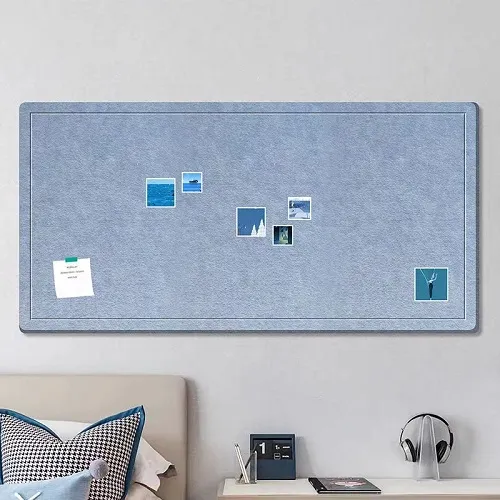
To aid in the felting process, many crafters also utilize a mesh fabric or netting. Placing the wool under a mesh layer during felting helps keep the fibers in place and prevents them from shifting too much as you work. This can be especially helpful when creating intricate designs or patterns, ensuring that the design remains intact throughout the process.
After the initial felting, drying is the next step. Having a towel or drying rack on hand is essential for removing excess water from the felted item. Gently pressing the felt between towels can help absorb moisture without distorting its shape. Once the items are dried, they can be shaped, trimmed, or embellished further to create the desired final product.
Lastly, tools such as scissors, felting needles, and additional embellishments—like beads, silk threads, or other fibers—can add a unique touch to your projects. Whether you're creating a simple scarf or a complex 3D sculpture, these additions can enhance the overall aesthetic and texture of your felted pieces.
In conclusion, embarking on a wet felting journey requires the right supplies to make the crafting experience enjoyable and successful. From choosing quality wool roving to utilizing essential tools and techniques, each element plays an important role. So gather your wet felting supplies, unleash your creativity, and watch as loose fibers transform into beautiful, tactile works of art. Happy felting!
-
What Makes Felt a Great Choice?NewsNov.19,2024
-
Total Mixed Ration (TMR) Feed for CattleNewsNov.19,2024
-
The Ultimate Guide for Felt Polishing WheelsNewsNov.19,2024
-
Industrial Felt for Various ApplicationsNewsNov.19,2024
-
Felt Makeup Bags and Inserts BagsNewsNov.19,2024
-
Choosing the Right Hotel TowelsNewsNov.19,2024
-
Your Go-To Guide For Affordable Wholesale Wool FeltsNewsOct.31,2024

